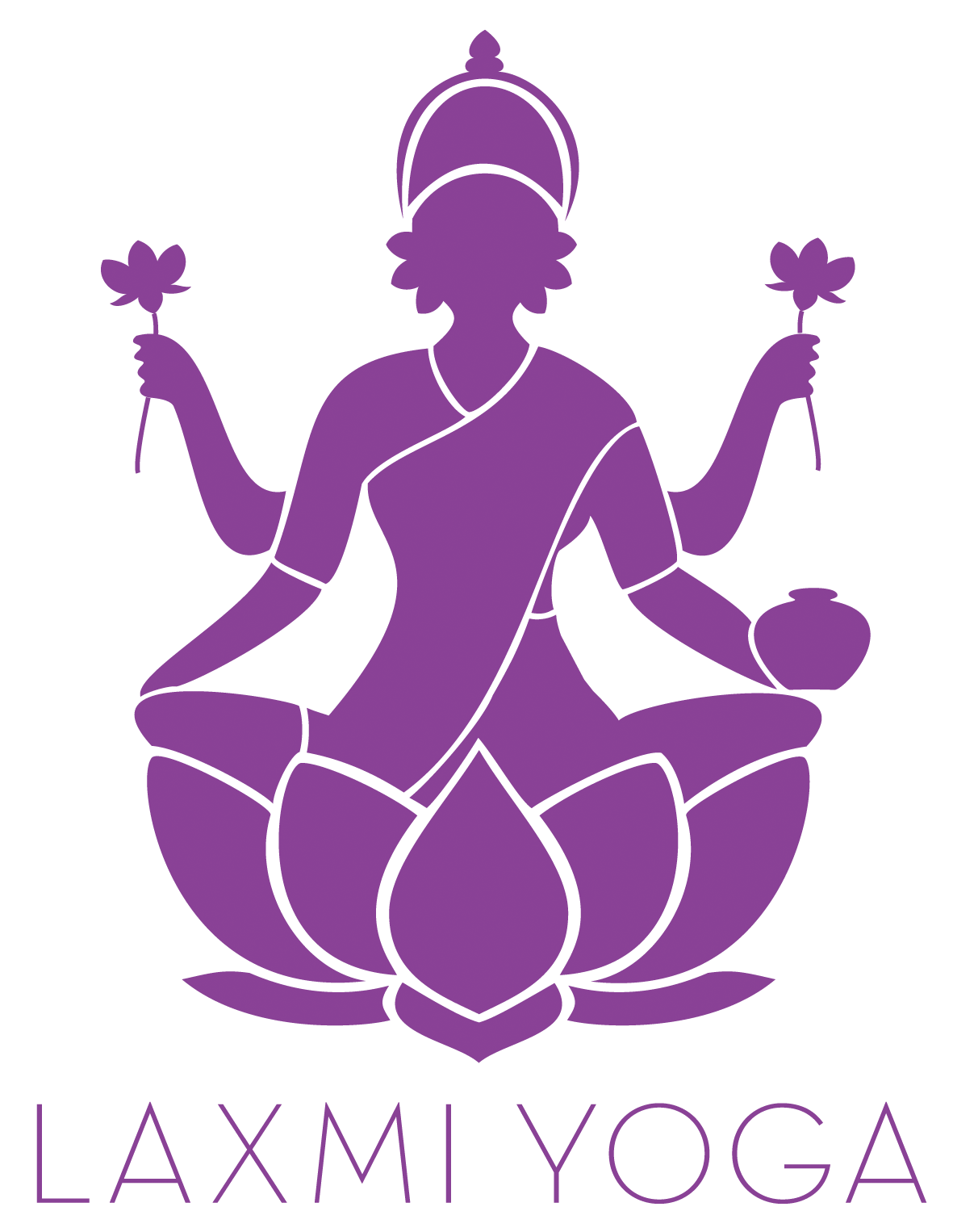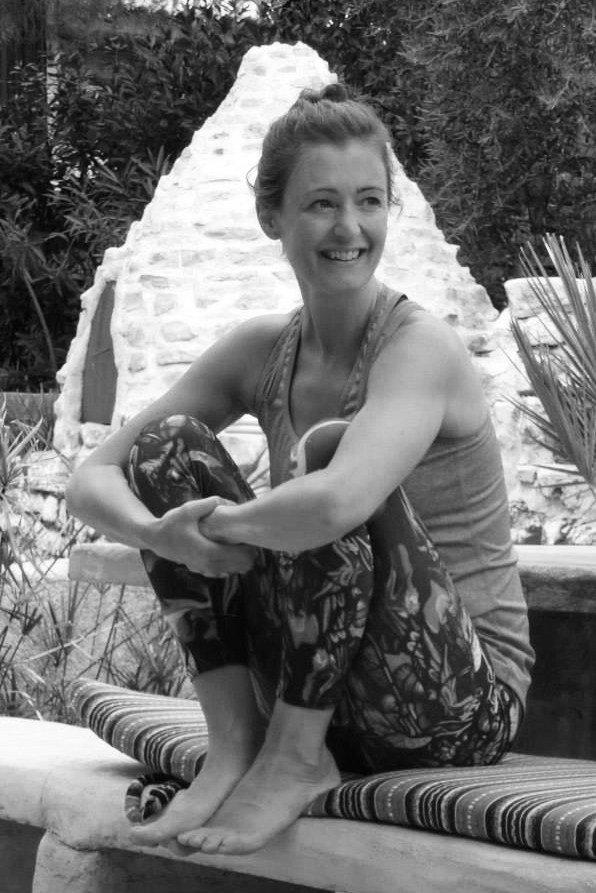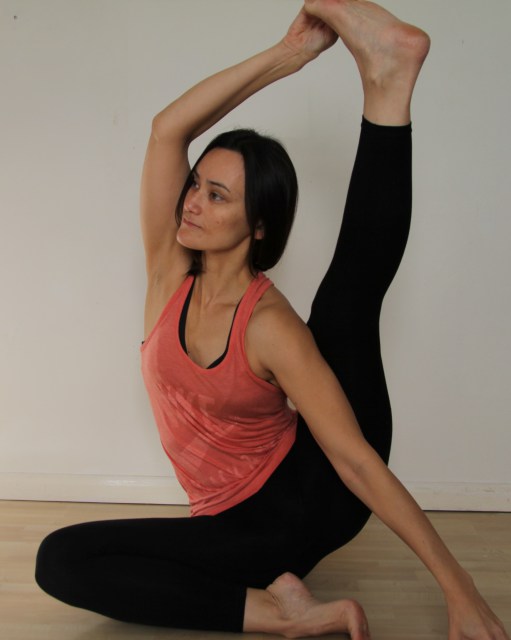200hr Scoobie
Laxmi Yoga 200-Hour Teacher Training: Course Outline
Recognised qualification: 200-hour Yoga Alliance UK certificate (RYT-200). This enables you to teach internationally. This course is also registered with The Independent Yoga Network (IYN)
What You’ll Learn:
What are our Core Subject Areas?
Our courses adhere to the strict standards and guidelines set by Yoga Alliance UK. We include a practical and theory based approach throughout the course and encourage questions and discussions throughout our time together.
- Yoga Asana
- Anatomy and Physiology
- Subtle Anatomy
- Yoga Philosophy
- Teaching Methods and ethics
- The Business of Yoga
- Home study and self-practice.
Styles of Yoga Asana
There are many styles of yoga asana practice and there are many benefits to all of them. On this course we will study primarily Vinyasa Yoga and more gentle Hatha Yoga. We will also study the various pranayama techniques within these practices. Other styles we include are:
- Vinyasa Flow Yoga
- Gentle Hatha Yoga
- Restorative Yoga
- Back Care Yoga
- Pre and Post-natal yoga.
Anatomy and Physiology
We believe that to become an effective yoga teacher you need have a working knowledge of anatomy and physiology, and we therefore spend three days of the course solely on this subject. Our approach to this is rooted in Sports Science and Exercise Physiology so as well as covering the basics such as the skeletal system, endocrine system, the organs of the body and the skeletal muscular system, we also study what happens to the body during the practice of yoga asana and pranayama. We also look at healthy range of movement of the joints and why different asana are required for different postural types. We also discuss progressive overload and how to write a six week progressive yoga asana sequence.
- The muscular system
- The endocrine and nervous system
- Anatomical movement of the skeleton and its many joints.
- Range of Movement and how to use yoga asana to encourage a healthy level of mobility
- What happens to the body and nervous system during a physical yoga practice.
- How to write a progressive yoga asana sequence.
Subtle Anatomy
Yoga is much more that a range of yoga postures and there should be many layers to ones yoga practice. Subtle anatomy describes what happened to the body on a subtle energetic level when we practice asana, pranayama, bandhas, mudra and chanting. Through our training you will learn a broad range of techniques and how to integrate these into your daily practice and into your teaching.
- Energetics – Prana, the Chakras and Koshas
- Bandhas – Body locks that create an energy seal.
- Kriyas – Yogic cleansing practices
- Mantras, Mudras & Chanting
- Meditation & Yoga Nidra

And all this too!
Yoga Philosophy
There is a philosophy within the yoga system that underpins the physical practice of yoga.
- The Yamas and Niyamas including the Eight Limbs
- Ethics of yoga teaching and how this relates back to the Eight Limbs
- Study the main yoga texts including The Bagavad Gita, Hatha Yoga Pradapika and The Yoga Sutras
- The History of Yoga
How to teach Yoga
Effective communication is essential in becoming a great yoga teacher. Knowing how to teach different kinds of learners (auditory, visual, kinesthetic) is a skill that takes time and practice to learn. There will be many opportunities during the course to practice your teaching so you become adept in physical demonstration, observation, verbal cueing, adjusting, correcting and giving positive feedback. We will cover:
- Teaching and learning techniques – auditory, visual, kinesthetic
- How to give appropriate hands-on adjustments
- How to use positive reinforcement and alter tone of voice accordingly
- How to teach one to one sessions.
- How to sequence and teach a 60-75minute Vinyasa Flow yoga class
- How to sequence and teach a 60-75minute Hatha yoga class
- How to sequence and teach a Back Care class.
- How to sequence and teach a Restorative class
- How to integrate a pregnant student into a regular yoga class (including Vinyasa Flow).
- The Ethics of Teaching – including understanding the teacher-student relationship
The Business of Yoga
In the Western hemisphere the yoga industry is a competitive one and it can often be challenging to find balance between your own practice and earning a living whilst staying true to the yoga tradition. We discuss this work/life balance and talk about how to effectively market yourself as a yoga teacher. This module includes:
- What to include on your website depending on what you want to achieve
- How to write a CV.
- How to write a waiver and health questionnaire
- A list of websites where you can advertise your yoga services for free
- Setting up your own classes versus flat rate pay classes
- What to look for when hiring a space for classes and one to ones
- Applying for work to yoga studios and gyms
- Working out your demographics and possible teaching niches within that.
- How to get teaching insurance
Home study and self-practice.
Your success on this course will largely depend on your study and self-practice outside of the class room. During the contact hours of the course we will practice yoga together but outside of these hours you will be expected to cultivate your own practice. In addition to this you will have several assignments and assessments. These include:
- A practical assessment in which you teach a forty five minute Hatha or Vinyasa Flow class.
- A written Anatomy and Physiology exam
- A written theory yoga exam covering all aspects of the course.




